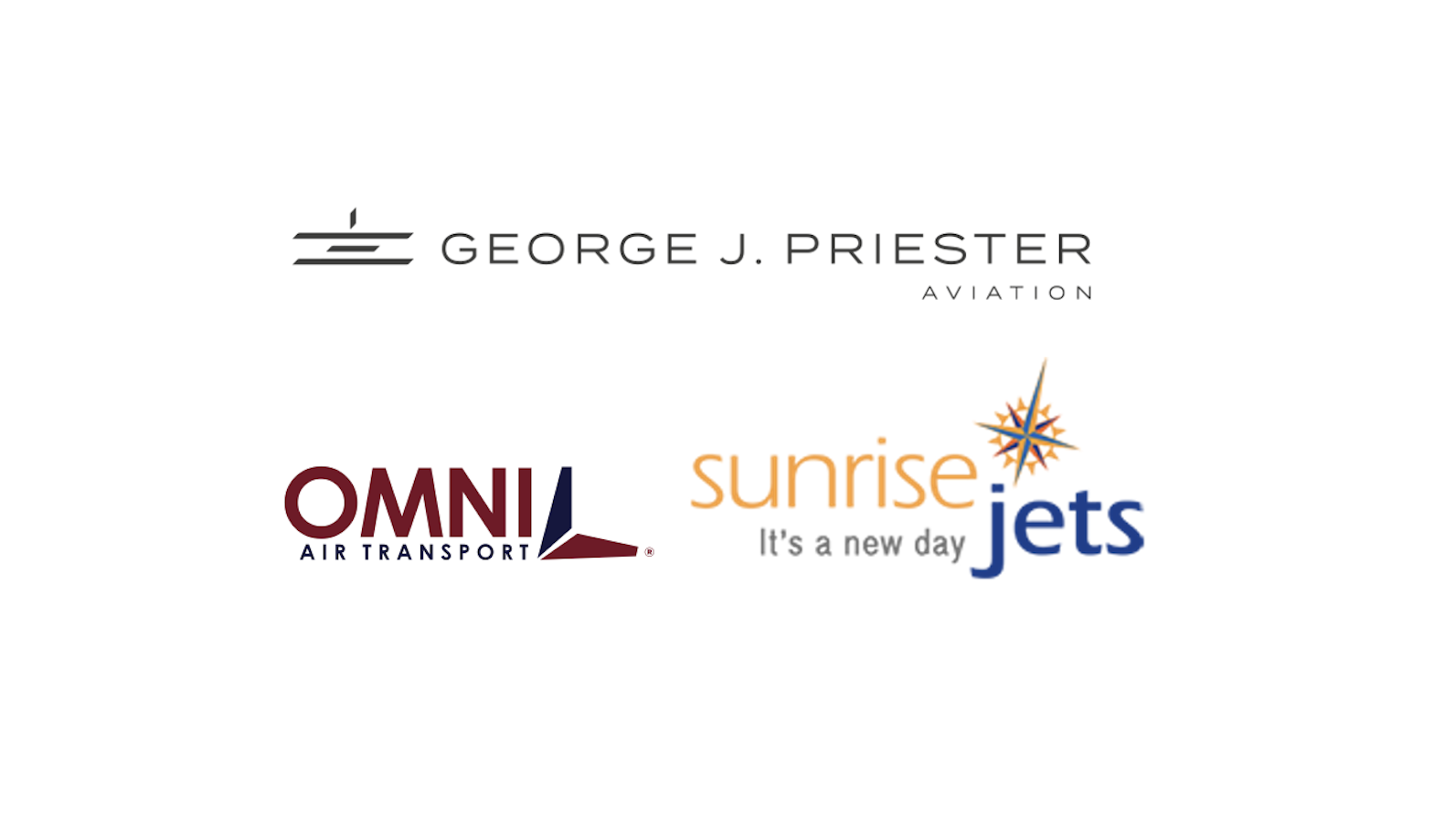
The new George J. Priester jet card offers custom solutions on a guaranteed basis using the fleets of Mayo, Hill Private, and Priester.

George J. Priester Aviation is launching its 1945 Card by tapping into the charter fleets of Priester Aviation, Hill Private Aviation, and Mayo Aviation.
The new jet card replaces its Centerline jet card, which it relaunched in July 2022 after being suspended during the Covid demand surge.
1945 refers to the year Priester Aviation was founded.
The new program features no peak days or high-demand day surcharges and no blackouts.
While the contract is structured like many traditional jet cards, company officials say that is a starting point, and the goal is to create customized solutions.
National Charter Sales Director Rustin King says the 1945 Card results from discussions with aircraft owners from its managed fleet to explain what jet card customers want in terms of flexibility, pricing, and availability.
While the contract includes a typical Continental U.S. Primary Service Area, Hill says they are open to discussions.
Brochure pricing represents the most you would pay, and the idea is to provide lower rates for efficient flying.
Guarantees are for a specific aircraft category.
Midsize, Super Midsize, and Large Cabin jets are offered, reflecting the 40-plus managed aircraft available for charter.
Pricing includes FET and fuel surcharge, updated every 45-to-60 days.
Midsize jet pricing tops out at $9,250 per hour, super mids are $12,600, and large jets are $14,600 on the same basis.
There are two-hour daily minimums.
While the program is being marketed to users in a number of key markets, the focus is on flyers based in Atlanta, Chicago, and Denver, where the George J. Priester fleet is based.
That plays into the idea of customization.
If you fly between Chicago and Colorado, you will get better-contracted pricing than Chicago and Seattle.
“Fixed-rate jet cards have to build inefficient flights into the price everyone pays, so our idea is to focus on rewarding flyers whose trips don’t require a lot of repositioning legs,” Chairman Andy Priester tells Private Jet Card Comparisons.
Kinh says that, in a recent case, that meant telling a prospect who wanted to fly from North Carolina to Idaho that while they would be happy to create a program for him, it wouldn’t be the best solution for his flights.
While guaranteed availability means that Priester will go off-fleet as needed, Hill says the program’s goal is to drive charter revenue to aircraft owners. Hence, it will focus on flyers who fit with its managed fleet and also get buy-in from the owners about the program structure.